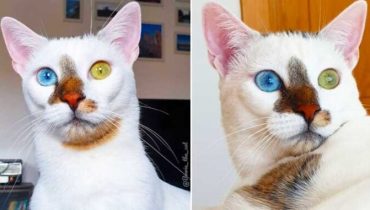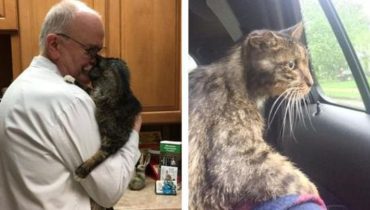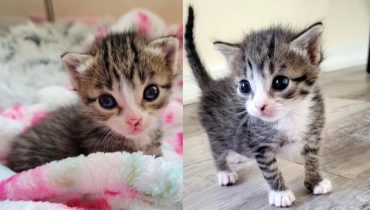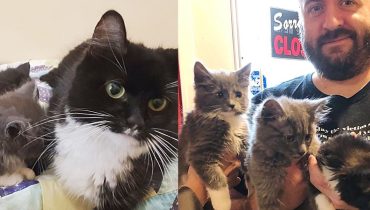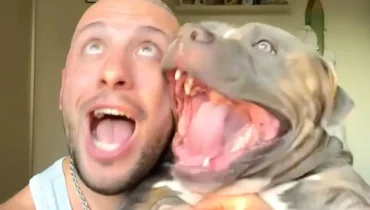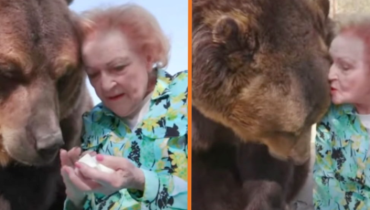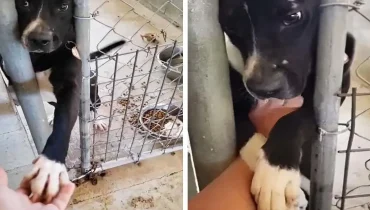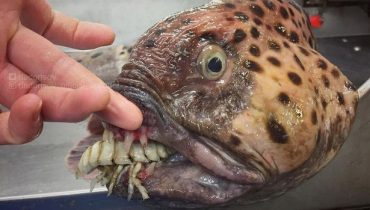Signs of Heatstroke in Cats & How to Prevent It
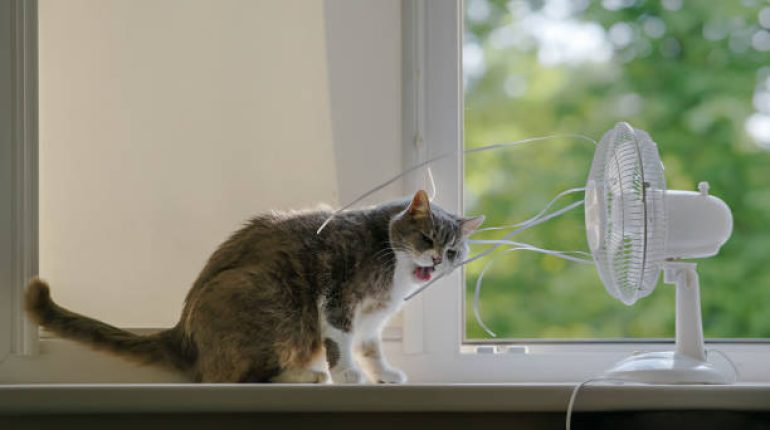
Posted July 3, 2023 by: Admin
Summer is approaching, and we’re confronted by rising temperatures and more frequent heat waves. It’s important to remember that our beloved cats aren’t as well equipped to cope with the heat as we are, and are more vulnerable to heatstroke. We’ll cover the main symptoms of heatstroke in cats, and give you some useful tips on how to prevent your furry companion from suffering from it, as it can have a considerable impact on his health, enjoyment of life and overall survival.
What is heatstroke in cats?
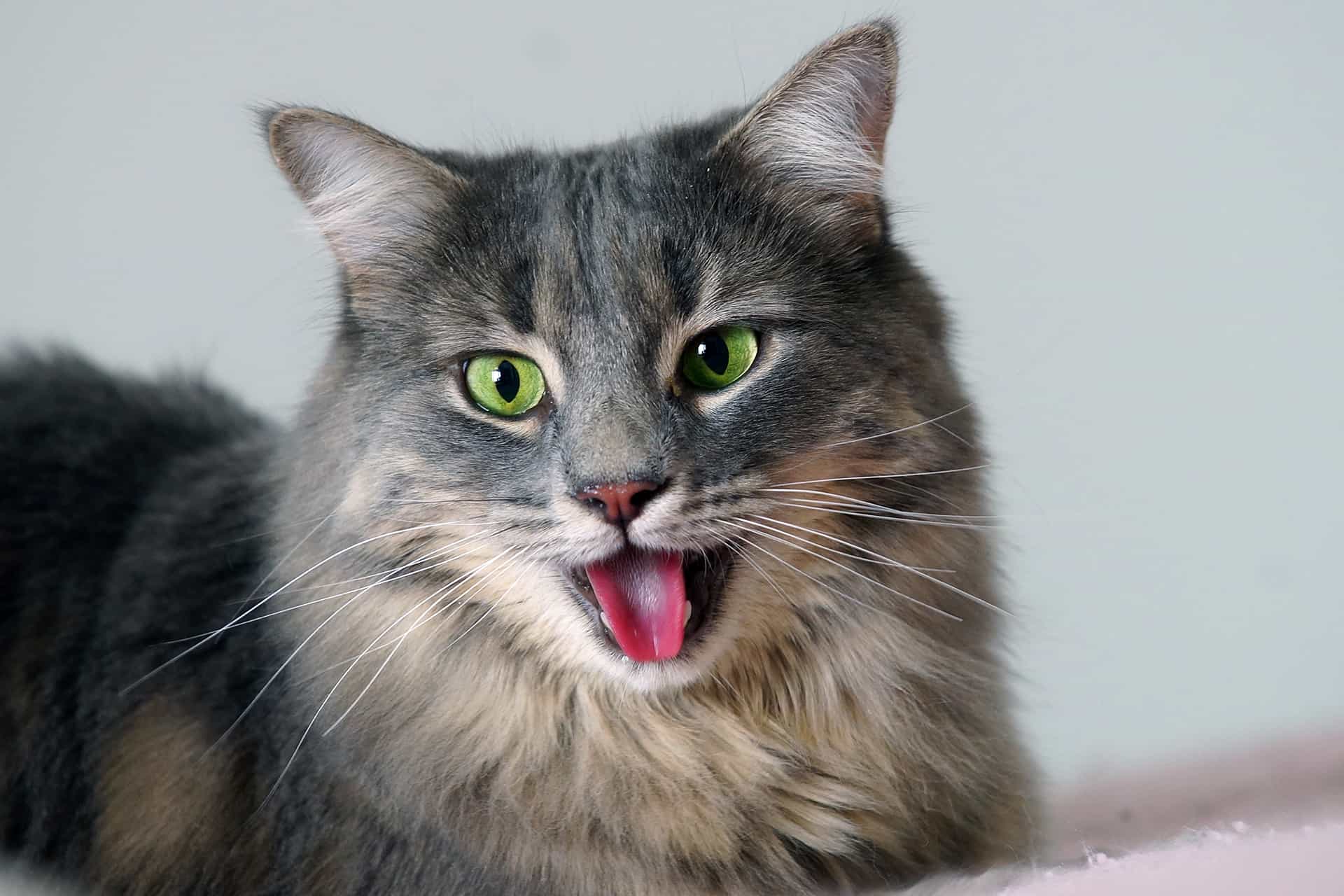
Heatstroke in cats occurs when body temperature exceeds 40.5°C (104.9°F). As a rule of thumb, a cat’s normal body temperature is between 38°C and 39.2°C (100.4°F – 102.6°F). When a feline’s body temperature exceeds 40.5°C, its natural ability to regulate its temperature is exceeded or impaired. Heat stroke, also known as hyperthermia, is the term used to describe this condition.
Differentiating heat stroke from fever:
It’s important to note that heatstroke and fever are distinct conditions. Heat stroke should not be confused with fever syndrome. If a cat has a fever, its internal temperature-regulating mechanisms remain functional. With fever, hyperthermia is caused by a pathogen called a “pyrogen”, generally resulting from an infection. The release of substances by the organism fighting the infection stimulates the hypothalamus, which is responsible for regulating internal temperature. Heatstroke, on the other hand, is specifically caused by the heat itself, which exceeds the cat’s ability to regulate its temperature.
Do cats get anxious because of the heat?
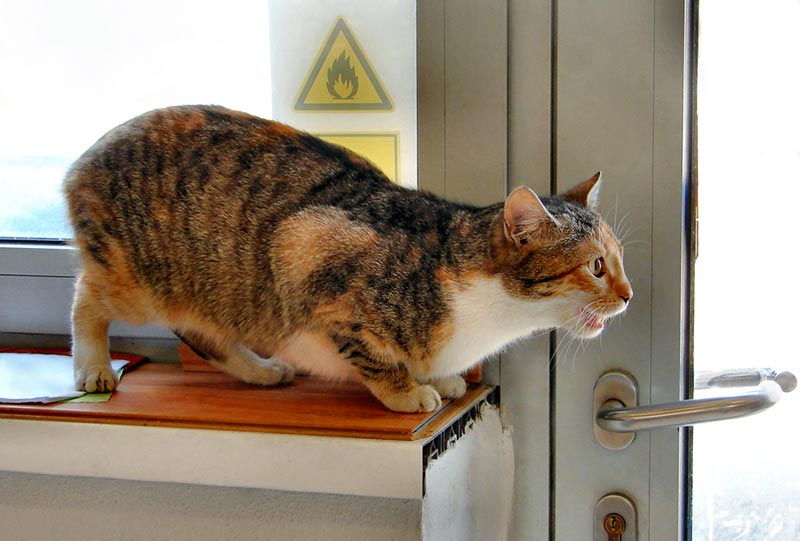
Absolutely! Cats fear the heat more than we do. When the outside temperature rises, cats tend to become exhausted due to hyperventilation. As a result, they feel lethargic and lose their appetite.
Cats’ thermal regulation differs from that of humans
Unlike humans, who rely mainly on perspiration to regulate body temperature, cats have a different mechanism. They don’t sweat like we do, with the exception of a few sweat glands on their paw pads. The small amount of sweat they produce is not enough to effectively regulate their internal temperature, especially during intense heat waves. It takes about a week for cats to adapt to sudden temperature changes, so the heat of early summer can be a challenge for them.
Other ways for cats to cope with rising temperatures
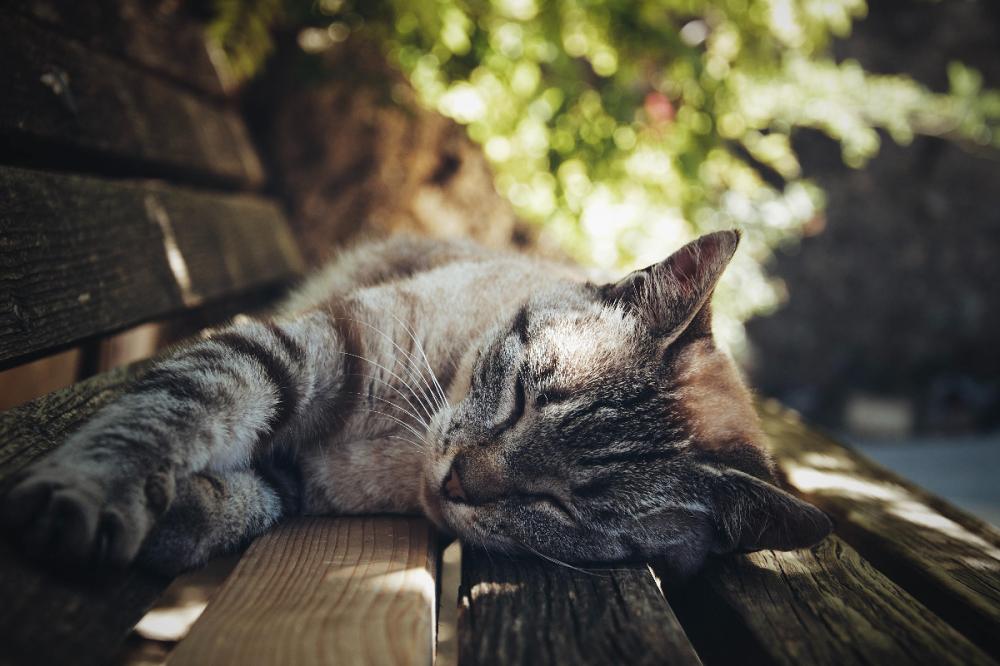
When confronted with a sudden rise in temperature, cats use other methods to combat the heat:
Increased respiratory rate: Cats breathe faster, which facilitates the evaporation of water from their bodies, helping them to cool down.
Looking for cooler places: Cats instinctively look for cooler surfaces to lie down on. This allows them to lose heat through direct contact or conduction, which helps regulate temperature.
Cats and heatstroke: a reminder about their health
Have you ever noticed that your feline buddies tend to lose a few kilos during the warmer months? This can be a positive thing for healthy cats who have put on a little weight over the winter. Reducing their food intake during the summer helps them return to their ideal weight. However, care should be taken with older cats or those already ill. Prolonged loss of appetite and excessive weight loss in summer can expose them to serious health problems such as hepatic lipidosis and kidney failure.
The risk is particularly high when our furry companions haven’t fully adapted to the heat, especially at the start of the summer season. So let’s keep an eye on our precious cats and make sure they stay safe and healthy during this warmer period!
What to do if your cat suffers from heatstroke?
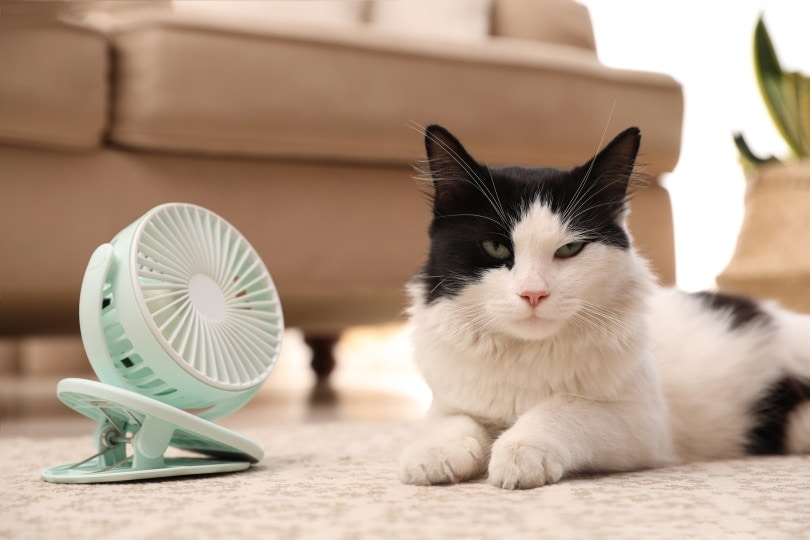
If you notice that your cat is suffering from heatstroke, it’s essential to act quickly and take friendly measures to cool him down and lower his body temperature. Here’s what you can do:
Find shade and use a fan: put your cat in the shade and, if possible, put him in front of a fan to help him cool down.
Use lukewarm water: Moisten a washcloth or towel with lukewarm water (avoid cold or icy water) and apply it gently to your cat’s body. This will lower his temperature without causing shivering or thermal shock.
The aim is to lower your cat’s body temperature to around 39°C within half an hour to an hour.
Monitor progress: Keep a close eye on your cat’s condition. If you don’t see any significant improvement after trying the above cooling methods, it’s essential to seek veterinary help immediately.
Visit your vet: if symptoms persist, don’t hesitate to visit your vet as soon as possible. He or she will be able to provide you with the treatment you need to treat the shock and possibly save your cat’s life. Your veterinarian may take the following measures:
- Administer intravenous fluids to combat dehydration.
- Use oxygen therapy with a mask to ensure proper oxygenation.
- Treat any complications on a case-by-case basis with injections and appropriate care.
Don’t forget that the first 48 hours are crucial, as the mortality rate from heatstroke tends to peak during this period. That’s why you need to act quickly.

